|
Programme - Hallstatt Period
SOUTH-EASTERN SLOVENIA IN THE IRON AGE
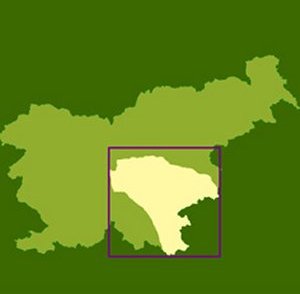 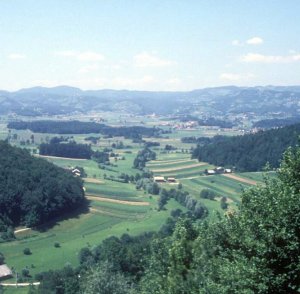
Project presentation
 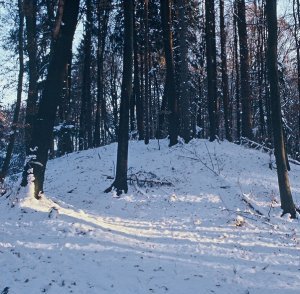
The territory of present-day Slovenia reached one of its economic and
cultural peaks in the 1st millennium BC, when the Hallstatt Culture prospered,
its achievements being comparable with that of the most developed cultures in
Ancient Europe. This culture arose from Urnfield Culture roots under the
influence of the Mediterranean world; they adopted the new technology of iron
production, implemented a new social pattern and fully developed their artistic
inspiration.
At that time, the Hallstatt cultural group in the Dolenjska, Bela krajina and
Posavje regions played an important role in the southeastern Alps. Many Iron Age
sites were discovered in this area, as well as precious grave goods of tumulus
cemeteries, which became famous for Situla Art.
The topic of our research plan is focused on the study of settlement
structures, dynamics, hierarchy, site-catchment and the social organization
of the Iron Age community in southeastern Slovenia.
Settlement structures
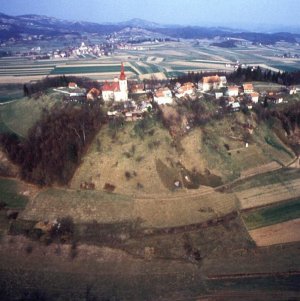
|
The following data regarding the settlement structures is considered: the
geographical position and the period of occupation, the size and shape of
the settlements as well as fortification techniques. The research plan
includes the analyses of interior layouts of the settlements, the building
construction and house equipment. Furthermore, particular attention is given
to the study of cemetery structures, which are proffered by burial customs.
Most of them are represented by tumuli, but flat cemeteries are also
attested, as well as sites revealing mixed burials.
|
Settlement dynamics
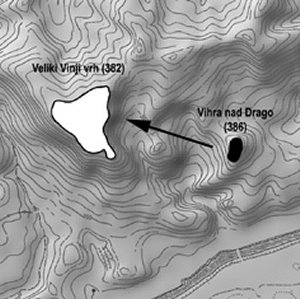
|
The following data regarding the settlement structures is considered: the
geographical position and the period of occupation, the size and shape of
the settlements as well as fortification techniques. The research plan
includes the analyses of interior layouts of the settlements, the building
construction and house equipment. Furthermore, particular attention is given
to the study of cemetery structures, which are proffered by burial customs.
Most of them are represented by tumuli, but flat cemeteries are also
attested, as well as sites revealing mixed burials.
|
Hierarchy of settlements
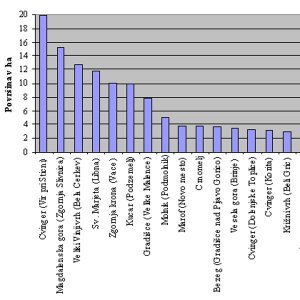
|
With the implementation of different criteria we try to determine the hierarchy of the settlements.
|
Settlements and their economic background
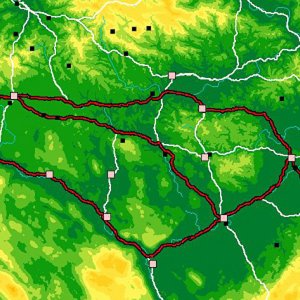
|
Spatial analyses are being carried out, the goal being to verify the locational logic of the hillforts, to observe their hinterlands in relation to the relief, the natural resources (metal ore deposits, fertile soil, water sources) and communications, and in fact, to those factors that have a substantial impact on economic subsistence and social power.
|
Publications
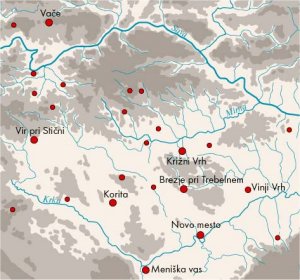
|
- J. DULAR, Höhensiedlungen in Zentralslowenien von der Kupfer- bis zur Eisenzeit. - Praehistorische Zeitschrift 74/2, 1999, 129 ss.
- J. DULAR, Halštatske nekropole Dolenjske. (Die hallstattzeitlichen Nekropolen in Dolenjsko). - Opera Instituti archaeologici Sloveniae 6, 2003.
- S. TECCO HVALA, J. DULAR, E. KOCUVAN, Železnodobne gomile na Magdalenski gori (Eisenzeitliche Grabhügel auf der Magdalenska gora). - Katalogi in monografije 36, 2004.
- J. DULAR, S. TECCO HVALA, South-eastern Slovenia in the Early Iron Age. Settlement – Economy – Society. / Jugovzhodna Slovenija v starejši železni dobi. Poselitev – gospodarstvo – družba. - Opera Instituti archaeologici Sloveniae 12, 2007.
|
Contacts:
Janez Dular
Snežana Tecco Hvala
<< Programme: prehistory | << Program: Hallstatt Period
Top
|
 Institute of Archaeology
Institute of Archaeology







